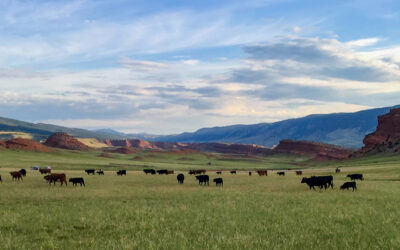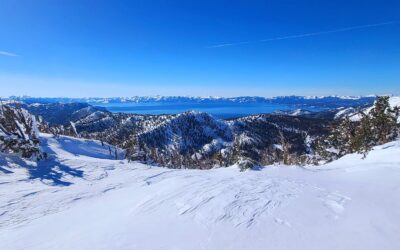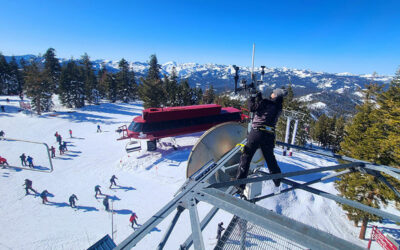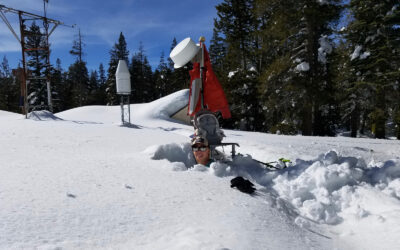An examination of Rocky Mountain snow finds higher contamination levels of mercury and others metals in the northern part of the range, consistent with increased current and historical mining in the region. The study, published in the May issue of the journal Environmental Pollution, examined contamination levels for Mercury, Zinc, Cadmium and Antimony from nearly 50 sites in the Rocky Mountains.
Western Agricultural Communities Need Water Conservation Strategies to Adapt to Future Shortages
Relying on water storage won’t be enough to make up for declines in future water availability under a changing climate, new study shows. Beatrice Gordon, lead author of the study and sociohydrologist and postdoctoral researcher at DRI, says the research is needed to inform water management at the local level, where most decisions are made.
California Snowlines On Track To Be 1,600 Feet Higher by Century’s End
DRI contributes to research that predicts a major decline in California’s snowpack by the end of the 21st century.
Making it Snow: A Brief History and Review of the Science Behind Cloud-Seeding
The snow-inducing technique called cloud-seeding has been around for more than 60 years. Although not a panacea for drought-stricken regions, cloud-seeding can increase seasonal precipitation by about 10%. In the Reno area alone, winter cloud-seeding efforts are estimated to add enough water to supply about 40,000 households for a year.
Meet Anne Heggli, Graduate Researcher
Anne Heggli is a graduate research assistant with the Division of Atmospheric Science at DRI in Reno. She is a Ph.D. student studying atmospheric science at the University of Nevada, Reno. Learn more about Anne and her graduate research in this interview with DRI’s Behind the Science blog!




